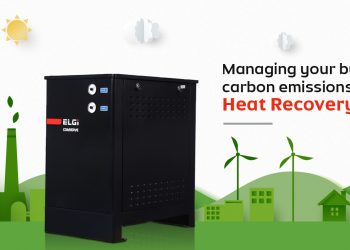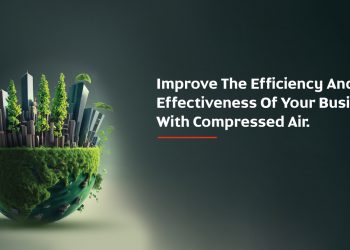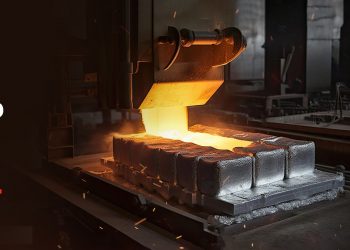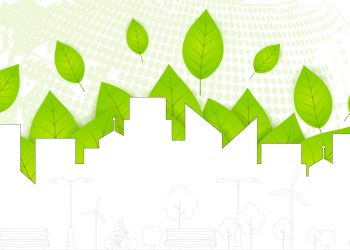ELGi’s Transition towards circularity – regenerating waste into useful products
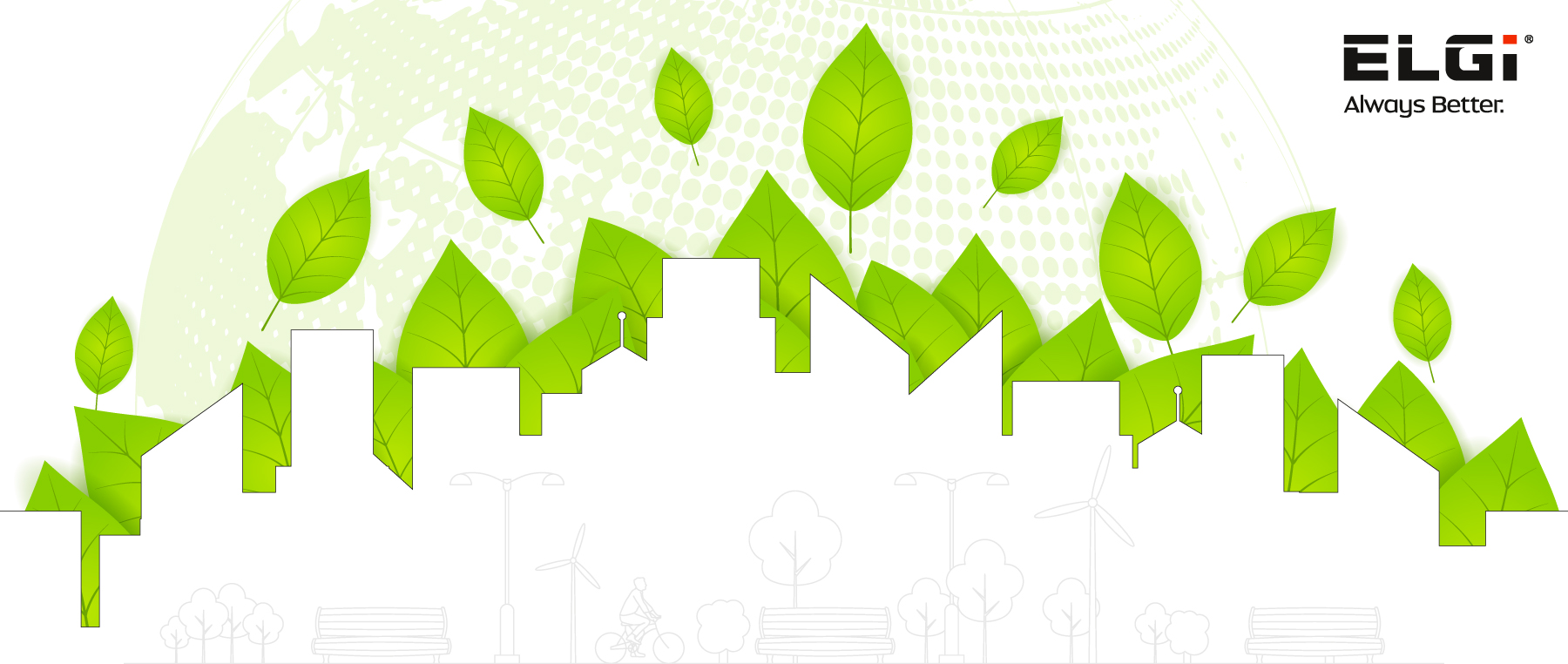
The World Bank noted in its 'What a Waste 2.0' 2018 report that the "world generates 2.01 billion tonnes of municipal solid waste annually, with at least 33% of that not managed in an environmentally safe manner". The number has only increased since. Global waste production accounted for about 5% of global emissions in 2016, with an output of 1.6 billion metric tons of carbon dioxide equivalent. That number is expected to grow to 2.6 billion metric tons by 2050.
We have undertaken initiatives that align with UN Sustainable Development Goal 12 & focus on the optimal use of resources across our manufacturing facilities.
What is UN Sustainable Development Goal 12- Responsible Consumption & Production?
The goal strives to ensure sustainable consumption and production patterns.
Overview:
· Ensure sustainable consumption and production patterns
· Unsustainable patterns of consumption and production are root cause of triple planetary crisis - climate change, biodiversity loss, pollution
Targets for 2030:
· 12.5 - Substantially reduce waste generation through prevention, reduction, recycling and reuse.
· 12.6 - Encourage companies to adopt sustainable practices and integrate sustainability information into their reporting cycle.
· What steps has ELGi taken to coordinate it’s efforts with UN Sustainable Development Goal 12?
To align with the goal, ELGi practices recycling and re-usage of waste at all of our manufacturing facilities
At ELGi, we generate 36 different types of waste across all our manufacturing processes. Hence, we continue to adopt the waste management techniques of ‘Reduce – Recycle – Reuse’ in waste generation and disposal. Typically, in any manufacturing unit, the waste storage area will be in the backyard. At ELGi, when building our air compressor plant (the ACP), we deliberately planned to have the waste storage area right up front. This helps ensure the waste is visible and minimal and the storage area is always kept clean. This is reflective of the waste management systems and processes in place at the unit.
In 2013, the ELGi Foundry was set up on over ten acres with a built-up area of one hundred thousand square feet in Coimbatore, India, to produce special castings for captive consumption purposes. We took various steps to ensure that our employees work in a clean and healthy environment. Furthermore, we implemented dust collectors, filters, and wet scrubbers across the factory floor to ensure minimal carbon impact.
In line with our Rethink-Reuse-Upcycle approach and our circular system focus, we installed mechanical and thermal reclamation units that recover and recycle 96% of the sand utilized. Waste sand management at the ELGi Foundry was the third element of our carbon emission reduction efforts in operations. From 2017, dust generated, including fine sand, is collected through custom-made equipment and then converted into solid bricks that can be used to construct buildings without compromising the quality of construction.
About 200,000 bricks have been used to construct our new ELGi School premises, the factory compound wall, and maintenance work across all our manufacturing units in Coimbatore.
How do we manage waste?
To begin with, our manufacturing processes are planned and designed to use fewer natural resources, reduce pollution and waste, and recycle and reuse materials. As discussed earlier, we minimize the solid waste from our foundry via a circular and comprehensive solid waste
management strategy. In a bid to dispose off hazardous waste generated at our manufacturing plants, all waste generated from machining processes is converted into a form of a cake before disposing of it through authorized agencies.
This hazardous waste consists of 2000 Kcal/ Kg of calorific value. Additional additives are added to increase their calorific value. They are then converted into solid blocks, burned in cement kilns, and converted to ash.
ELGi prioritizes transitioning to a circular economy and environmental preservation. For years to come, our priorities will be to reduce waste generated in our processes by implementing the principle of circularity to steadily increase the utility of processed waste and lower the amount of waste sent to landfill.

